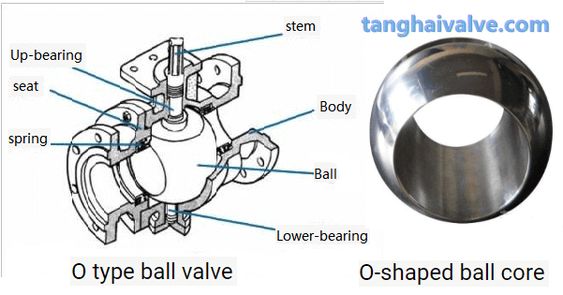
Image Source: Pinterest
There are different kinds of ball valves according to the ball valve direction of flow. Some are unidirectional, while some are bidirectional. It is important to know the kind of valve you need for your usage and purchase the valve according to your specifications.
Is there a flow direction for ball valves?
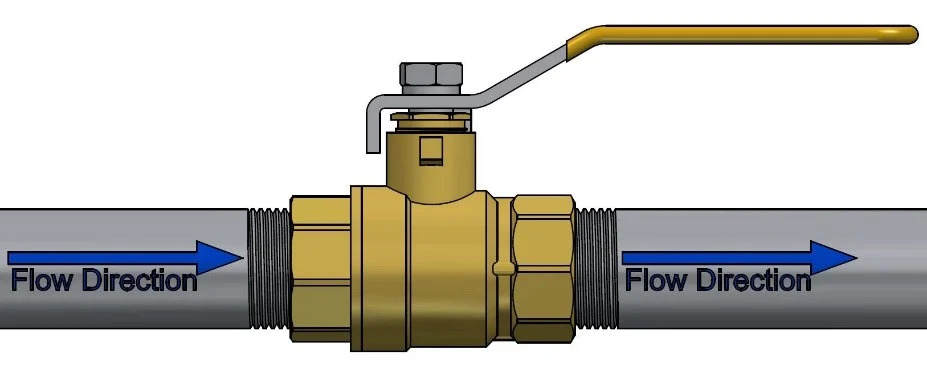
Image Source: Boshart
Know you required ball valve flow direction when choosing the right ball valve. A unidirectional valve only allows one direction of flow, while a 2 piece ball valve flow direction is both from inlet to outlet and vice versa.
Ball valve flow direction
Why does ball valve installation direction matter?
In the ball valve installation, knowing the direction of the flow is crucial especially for unidirectional flow since it is best to set-up the handle to point to the direction of the flow when open.
Are ball valves multi directional?
There are ball valves that are multi-directional but not all of them are, it depends on the number of seats and ports.
Unidirectional ball valve
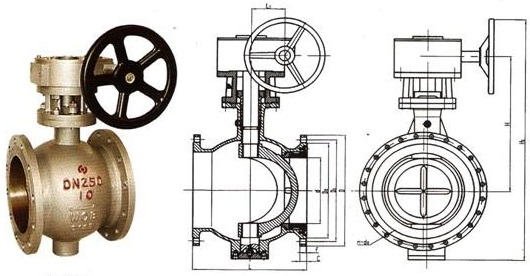
Image Source:Metalsvalve
Unidirectional forged ball valves allow the medium to flow to only one direction. This direction is indicated by an arrow outside the ball valve body and points to where the contents flow to. The ball shutter prevents the medium from flowing when the valve is shut.
Single-seat valves like the C and V port ball valve, as well as, some double-seat ball valves are unidirectional or designed for single flow. The seats are usually on the upstream side of the valve.
Bi directional ball valve
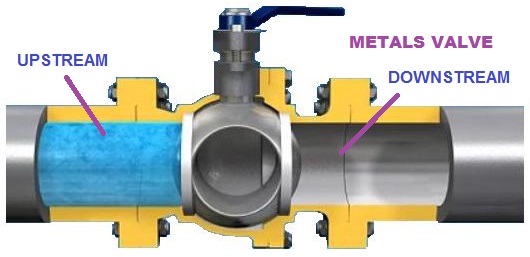
Image Source: Metalsvalve
The bidirectional cryogenic ball valve or the two-way ball valve are ball valves that have identical seats on both sides of the ball. These correspond to the upstream and downstream flow of the medium. This double-seat design creates a tight seal in both directions.
Installation of this type of ball valve is less particular since it can be installed in either direction since neither directions affect its sealing capacity.
Should the ball valve be oriented with the flow of water?
If the ball valve is bidirectional then it may be oriented in either direction, but if it is unidirectional , then the water flow direction in the ball valve arrow must be followed.
How to determine the direction flow for a ball valve
The ball valve flow direction standard is indicated by an arrow outside the ball valve body. Furthermore, the lever of the ball valve usually point to the direction of the flow.
ball valve open close direction: which one to handle face
Ball valves are quarter-turn valves that are easy to maneuver whether it be opening or closing the valve.
When the handle is turned clockwise, it closes the valve, and opens the valve when turned counterclockwise, the easiest valve to open and close.
Ball valve opening direction
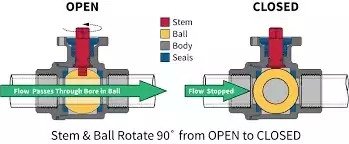
Image Source: Mechanicalboost
The lever or handle of the ball valve usually faces the side when closed. Turn the lever towards the flow of the medium or towards the arrow, this is usually done in a counterclockwise turn.
Ball valve close direction
Ball valves are closed when the its lever or handle faces the side. Turn the lever a half turn clockwise to close the valve and stop the flow of medium.
2 piece ball valve flow direction: Take it for instance
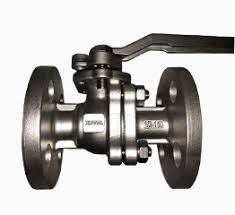
Image Source: XHVAL
The Two piece ball valve is a bidirectional or two-way ball valve that allows flow from either direction.
What does arrow on ball valve mean?
The arrow that is written or cast on a valve indicates the ideal direction of flow for the valve.
Can the ball valve be partially opened ?
Technically, it can be partially opened but users are discouraged to do so since the pressure may be distributed incorrectly and can damage the ball valve seats.
Ball valve installation vertical or horizontal?
Essentially, it can be installed in any direction but any installation that is not the recommended usual way of installation may have effects on the way pressure is handled in the ball valve mechanism.
Can the handle of the ball valve be changed?
Yes, the handle can be changed. It can be replaced for a quick fix if it is damaged. You may also opt to swap it with a higher quality material even prior to any damage.
Valve direction of flow
What valves have a flow direction?
There are other valve types that have valve direction of flow similar to the ball valve. Globe valves, especially the large ones, have the flow direction cast or embossed on its body. Check valves are unidirectional and prevent flow of medium back to its origin direction. Gate valves, on the other hand, are bidirectional or two-way flow and can be shut-off in either direction. While butterfly valves, are essentially bidirectional but have a preferred flow direction indicated in its body.
Control valve flow up or down
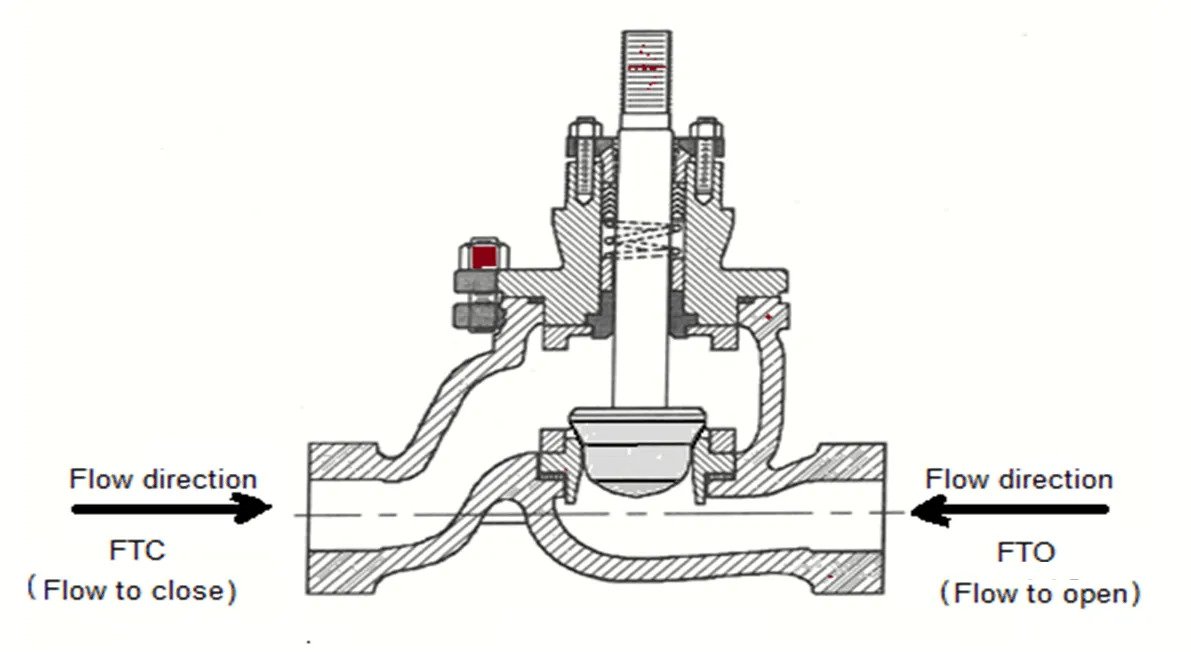
Image Source: Instrumentationtools
Flow to open
Flow to open or FTO flow direction is when a medium or fluid passes through the plug causing the plug to open. Control valves with the FTO flow direction are more common than the flow to close or FTC mechanism. The former is only employed in special uses while the FTO is usually used in more general applications.
Flow to close
Flow to close or FTC is the opposite of the FTO in the sense that the fluid opens the plug when it passes it. This flow direction is usually used in low pressure usage and applications and is less popular than the flow to open flow direction. It is also referred to as reverse flow.
Plumbing ball valve flow direction: in summary
Learning the ball valve flow direction is essential to get the most out of your ball valve and to determine which kind of ball valve flow direction you may need for your specific requirement. The ball valve flow direction is also important when installing your ball valve.
